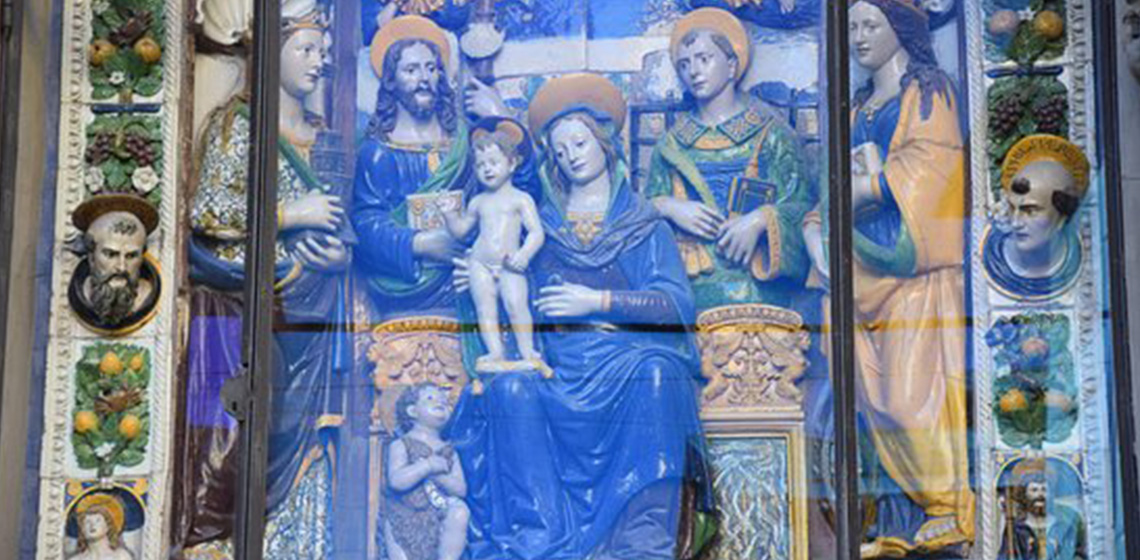
Tabernacles: Street Art has been in Florence for centuries!
Since 1200, tabernacles have populated Florentine streets with characters, stories and colour.
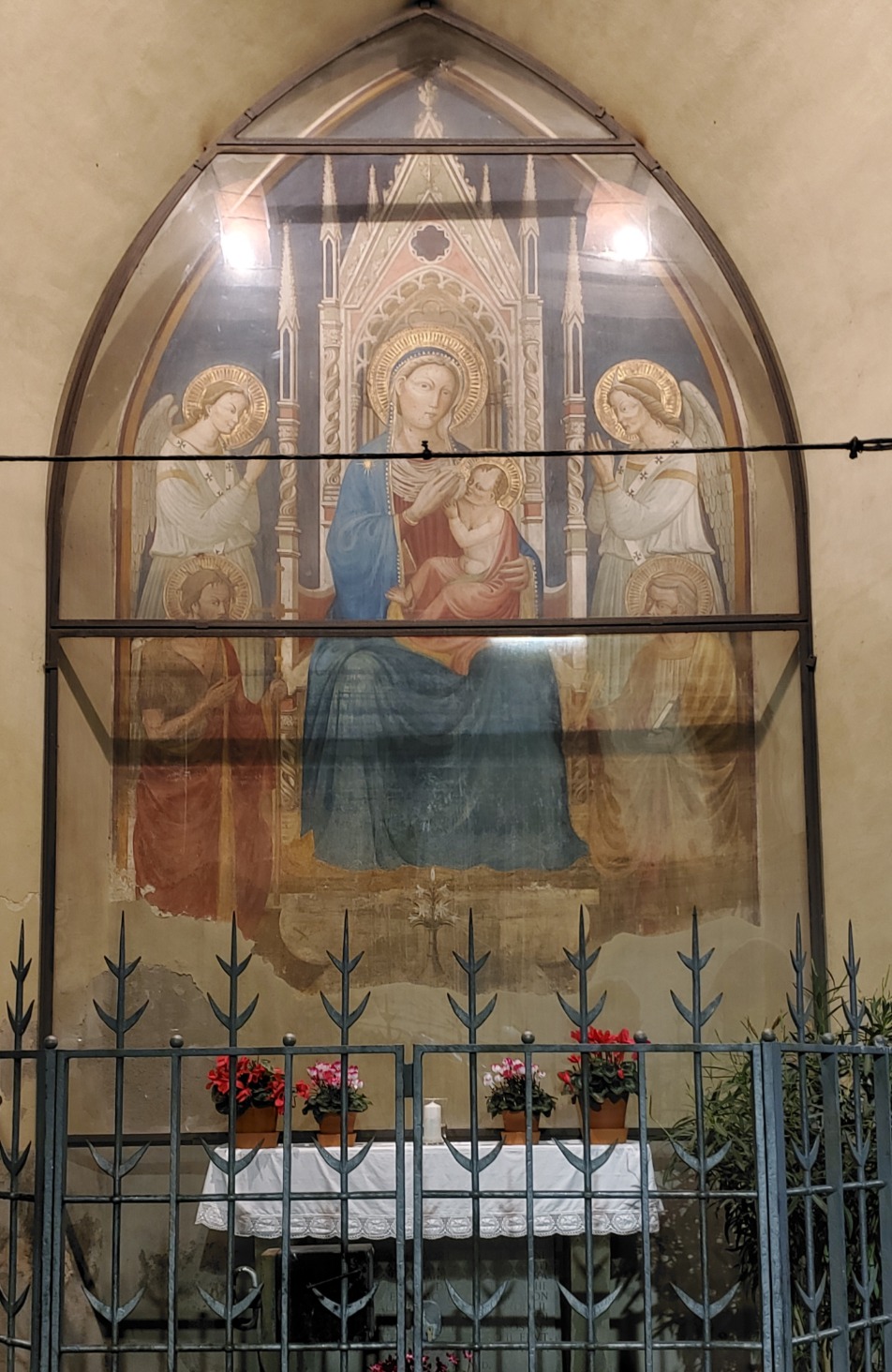
Photo Credits: https://it.wikipedia.org/wiki/Tabernacolo_del_Madonnone
In modern terms, it can be said that it’s a real form of street art!
- The first you come across is the Tabernacle of the Bargello, depicting Saint Bonaventura who distributes bread to prisoners: prisoners were not maintained by the government but by the charity of private citizens. It is located on Via Ghibellina, on the corner of Via dell'Acqua.
- The second is the Tabernacle of the Stinche, in Via Ghibellina at the corner with Via Isola delle Stinche, painted by Giovanni da San Giovanni in 1616. It depicts Senator Girolamo Novelli who, accompanied by two magistrates and in the presence of Jesus Christ, pays the ransom for a prisoner.
- In via dei Malcontenti at the corner with Via delle Casine, the third and final one represents the Madonna in Majesty between Saints John and Peter and two angels. It is an example of "a mensa" tabernacle, used as an altar to celebrate Mass on occasion.
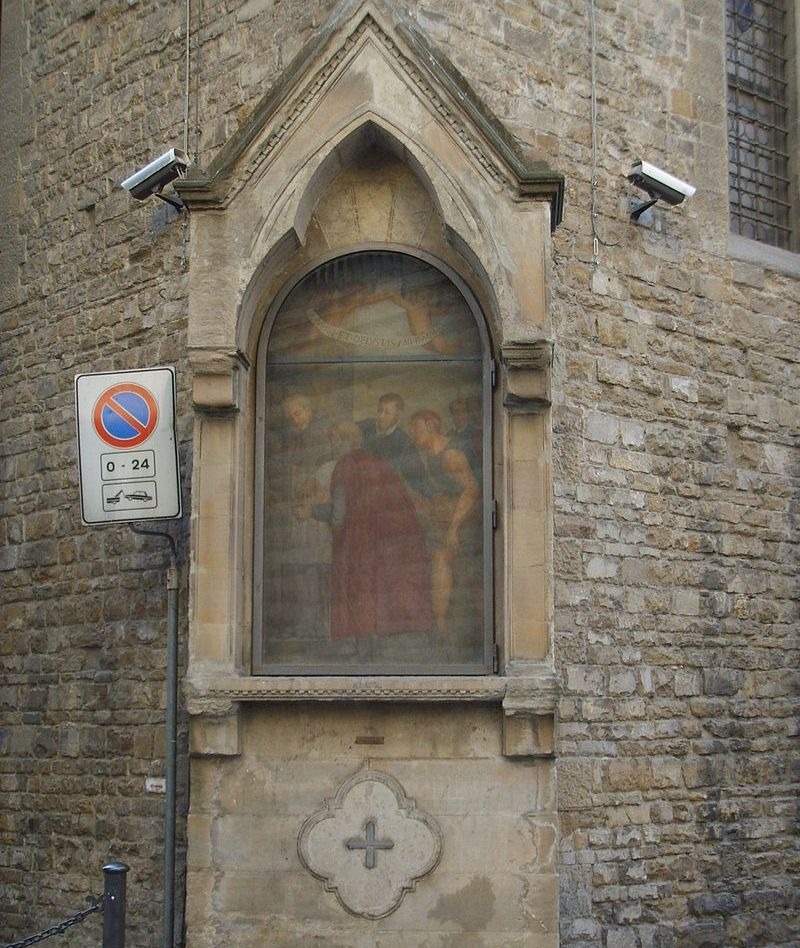
Photo Credits: https://it.wikipedia.org/wiki/Tabernacolo_del_Bargello
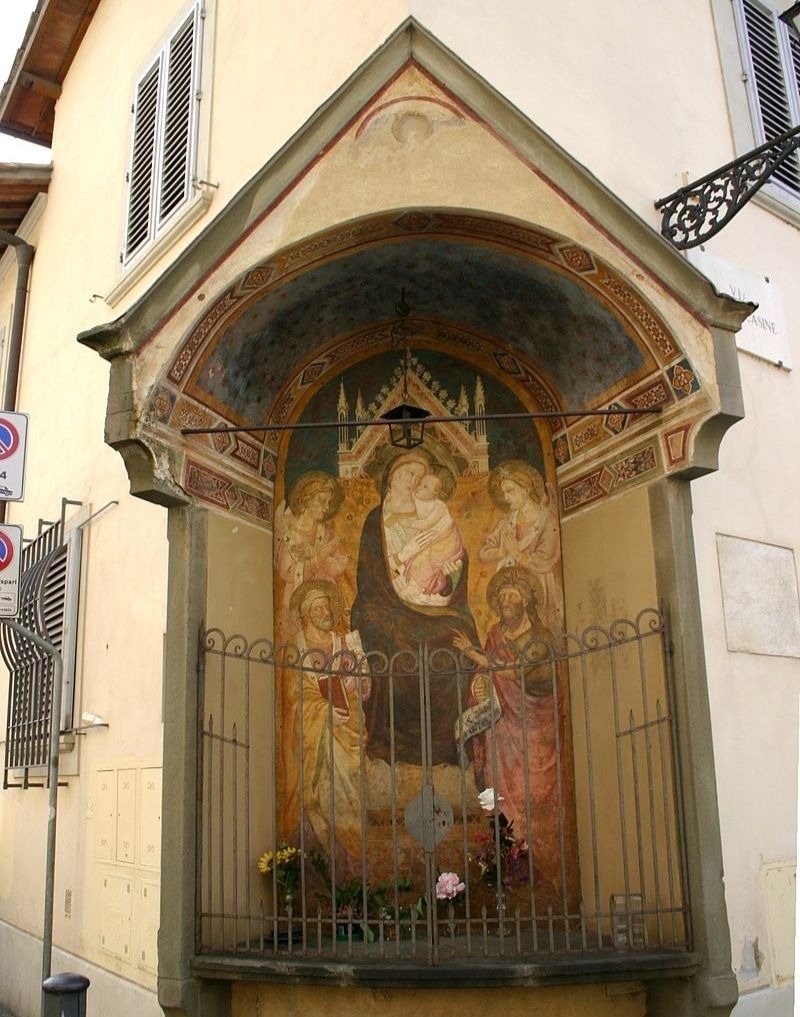
Photo Credits: https://it.wikipedia.org/wiki/Tabernacolo_di_via_dei_Malcontenti
THE TABERNACLES OF THE OLTRARNO
- The tabernacle of the Torrino di Santa Rosa with its beautiful fresco depicts "Pietà with the Saints John the Evangelist and Mary Magdalene" by Ridolfo del Ghirlandaio (early 16th century).
- On the corner of via del Leone and via della Chiesa, the tabernacle called "Madonna del morbo", likely made out of gratitude for the end of the plague in 1348 and attributed to Giottino (now replaced with a copy).
- In the Tabernacle of the Canto della Cuculia, where via dei Serragli meets via Santa Monaca, protected by a stone temple, you can see the "Madonna and Child, Saint Paul and Saint Jerome" by Lorenzo di Bicci (early 14th century).
- Tabernacle at the corner where Via dei Preti meets Via delle Caldaie, "Madonna and Child with Saints Rocco and Sebastiano" by Raffaellino del Garbo and aids, circa 1500.
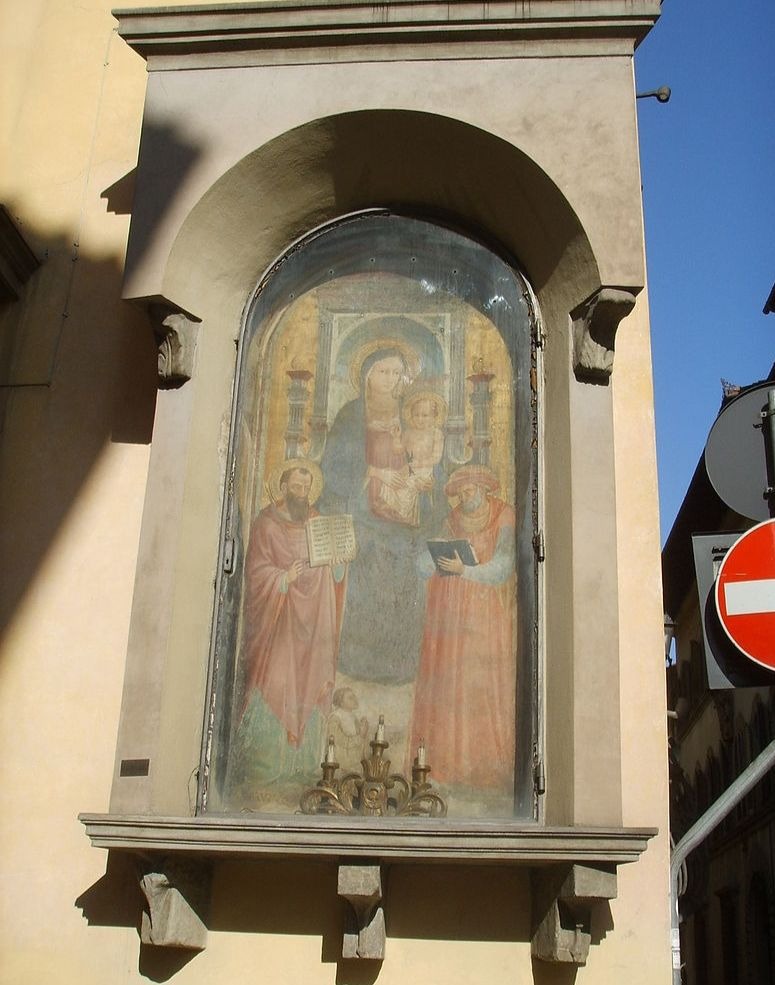
Photo Credits: https://it.wikipedia.org/wiki/Tabernacolo_del_Canto_alla_Cuculia
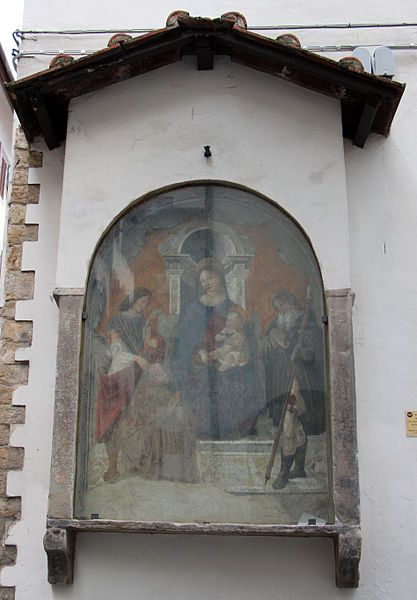
Photo Credits: https://commons.wikimedia.org/wiki/File:Via_dei_preti,_tabernacolo_di_raffaellino_del_garbo_e_aiuti,_1500_ca._01.JPG
THE MOST UNUSUAL
- The Tabernacle of the Fonticine is one of the most beautiful and unique in the city. It was completely restored by the Lorenzo de 'Medici Institute and is located in Via Nazionale. It was made from glazed ceramics by Giovanni della Robbia's workshop in 1522. The name derives from the jets of water poured into the marble basin below by seven angelic heads.
- Tabernacle of the Cinque Lampade (Five Lamps), in Via Ricasoli at the corner of Via de' Pucci, consists of two niches as opposed to the traditional single arch with two niches of different sizes. 5 wrought iron votive lamps hang in front of the two niches giving the tabernacle its name.
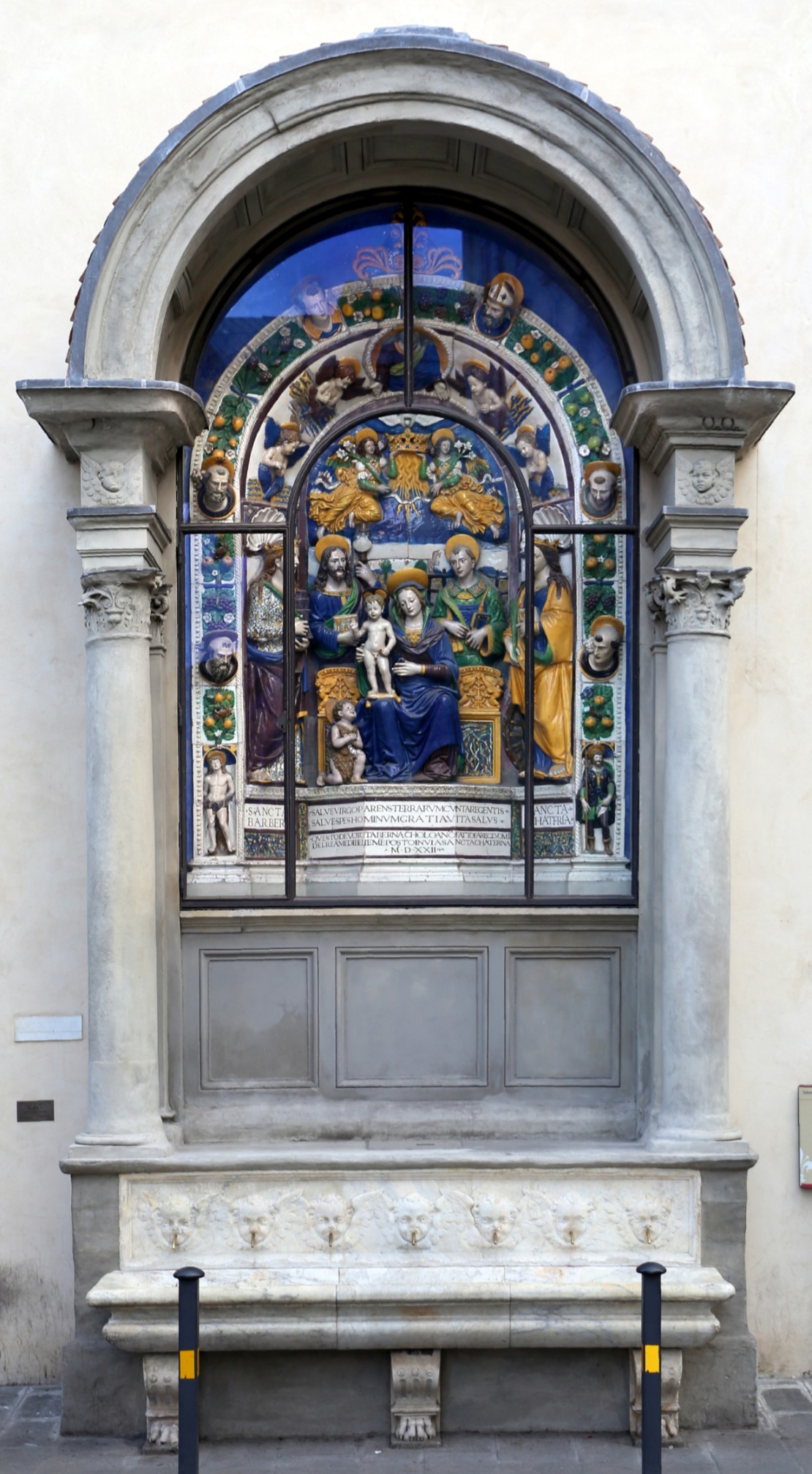
Photo Credits: https://it.wikipedia.org/wiki/Tabernacolo_delle_Fonticine
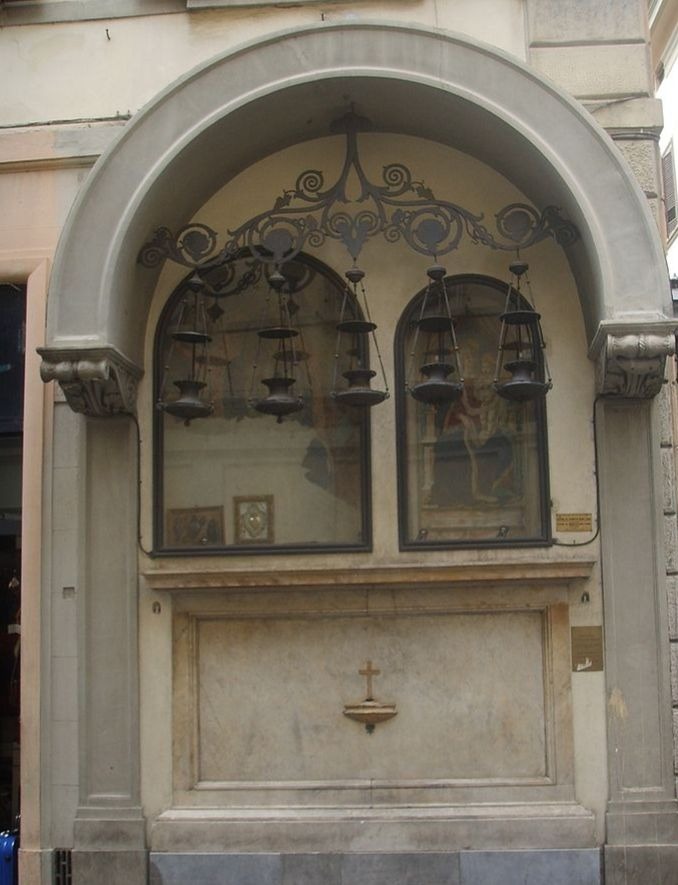
Photo Credits: https://it.wikipedia.org/wiki/Tabernacolo_delle_cinque_lampade
Photo Header Credits: dellangelo54 on www.tripadvisor.it/





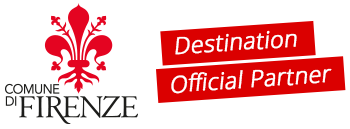
 All the services are provided by local merchants
All the services are provided by local merchants By using this site you support Florence
By using this site you support Florence We offer products with high-quality standards
We offer products with high-quality standards You stay sustainable
You stay sustainable It's a 100% trustworthy website
It's a 100% trustworthy website